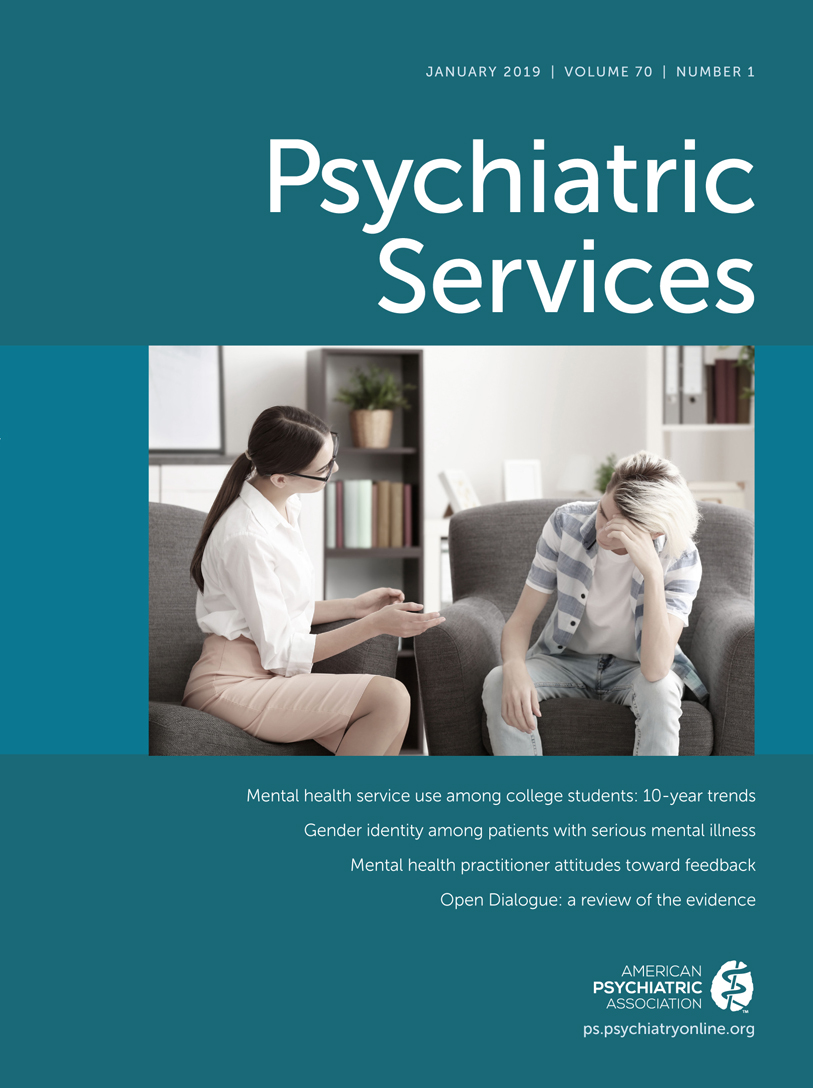Adherence to Recommended Care Guidelines in the Treatment of Preschool-Age Medicaid-Enrolled Children With a Diagnosis of ADHD
Abstract
Objective:
Attention-deficit/hyperactivity disorder (ADHD) is the most common neurodevelopmental disorder of childhood. Clinical guidelines recommend behavior therapy as the first-line treatment for preschool-age children with ADHD. This study evaluated longitudinal patterns of services received by Medicaid-enrolled children ages 2 to 5 with ADHD in seven southeastern states (Alabama, Florida, Georgia, Louisiana, Mississippi, North Carolina, and South Carolina).
Methods:
A discrete sequence clustering analysis was used with 2005–2012 Medicaid Analytic eXtract data to profile patient-level utilization for each state, with a focus on receipt of psychological services and medication. The model output was used to assess utilization behaviors longitudinally relative to recommended care guidelines and to characterize sources of variation in utilization patterns by demographic and ecological factors.
Results:
Five states had a utilization profile with a high probability of receipt of psychological services before medication among children with ADHD, covering 16% of the total study population. Most young children’s ADHD care experience in the seven states (65%) fit utilization profiles characterized by a high probability of receiving any ADHD medication. Black race was significantly associated with higher utilization of psychological services in three states.
Conclusions:
About 16% of Medicaid-enrolled preschool-age children with ADHD received care during 2005–2012 that appeared to be consistent with 2011 recommended care guidelines. State-level and subpopulation variations in utilization for ADHD-related clinical care were found. The findings indicate that there were major gaps in treatment for ADHD among young children and that the gaps are wider for some states and subpopulations of children.



